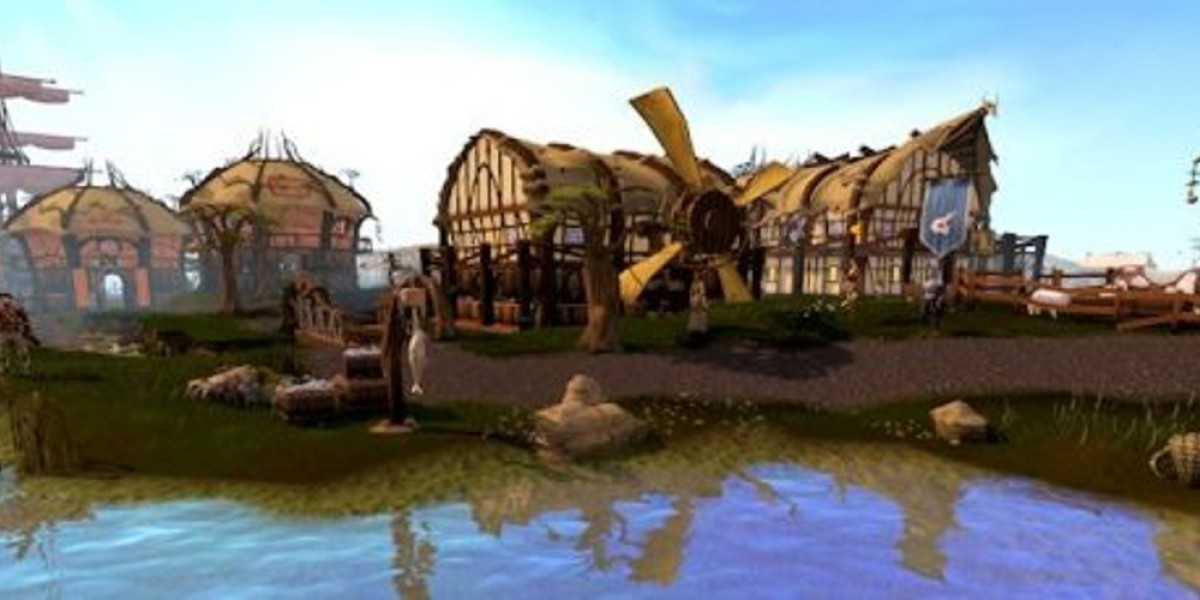Zero-emission vessel development Zero-emission vessel development focuses on hydrogen-powered ships, battery-electric propulsion, and hybrid systems that eliminate carbon emissions in maritime operations.
Zero-Emission Vessel (ZEV) development is the pinnacle of the maritime decarbonization effort, representing the design and construction of ships that produce no greenhouse gas emissions across their operational lifecycle. This is a radical engineering challenge, requiring a complete departure from the design philosophy that has dominated shipbuilding for over a century.
The development process is characterized by three main innovation pathways: pure electric, hydrogen fuel cell, and combustion of carbon-free fuels.
Pure Electric Vessels are being developed primarily for short-sea, ferry, and harbor craft operations. The technology is mature, but the massive energy density requirements of deep-sea shipping make large-scale, long-haul battery-only vessels currently impractical. The focus here is on maximizing battery efficiency, reducing charging times, and building a robust shore-side charging infrastructure in ports.
Hydrogen Fuel Cell Vessels represent a key component of alternative propulsion systems. Hydrogen, when used in a fuel cell, generates electricity with only water vapor as a byproduct. This approach is highly efficient and truly zero-emission at the point of use. However, the development is constrained by the need for complex and large storage systems for cryogenic or highly-compressed hydrogen, as well as the need for entirely new vessel layouts to accommodate this equipment safely.
Carbon-Free Combustion Vessels are centered on engines designed to burn zero-carbon fuels, primarily green ammonia and green methanol. This pathway leverages the existing knowledge base of internal combustion engines but requires a significant re-engineering of fuel supply and exhaust systems. For ammonia, the development involves addressing its corrosive nature and high toxicity, requiring advanced safety systems and engine modifications to minimize the release of nitrous oxides (a potent greenhouse gas). For methanol, the development focuses on optimizing combustion for its lower energy density and ensuring the sustainability of its carbon source.
A key qualitative element of ZEV development is the shift from single-system thinking to whole-vessel integration. A ZEV is not just an engine with a new fuel; it is an optimized system where the propulsion, power generation, and hotel load (ship's services) are all designed to work in harmony, often incorporating multiple green shipping technologies like advanced hull forms, energy recovery, and wind-assist systems. Naval architects are now designing for minimal energy demand first, which then dictates the size and type of the zero-emission power source.
The current stage of zero-emission vessel development is one of prototyping and pilot projects. This initial phase involves establishing safety guidelines with classification societies, training specialized crews, and developing global standards for bunkering the new fuels. The scaling up of ZEVs will be heavily dependent on the certainty provided by IMO emission reduction strategies and the successful commercialization of low-carbon marine fuels.
FAQs on Zero-Emission Vessel Development
Why is developing ZEVs for long-haul shipping more difficult than for ferries?
Long-haul shipping requires vessels to carry massive amounts of energy for extended voyages, which is challenging due to the low energy density of current zero-emission energy carriers like batteries and hydrogen.
What is the role of green ammonia in this development pathway?
Green ammonia is a leading candidate for ZEVs because it contains no carbon, offering a path to zero-carbon combustion, but its development requires overcoming significant challenges related to its toxicity and safe handling.
Does ZEV development rely only on new engine types?
No, ZEV development is holistic; it also involves intensive research into radically improved hull designs, integrated alternative propulsion systems like large batteries, and operational optimization to minimize the vessel’s total energy needs.
More Related Reports:








